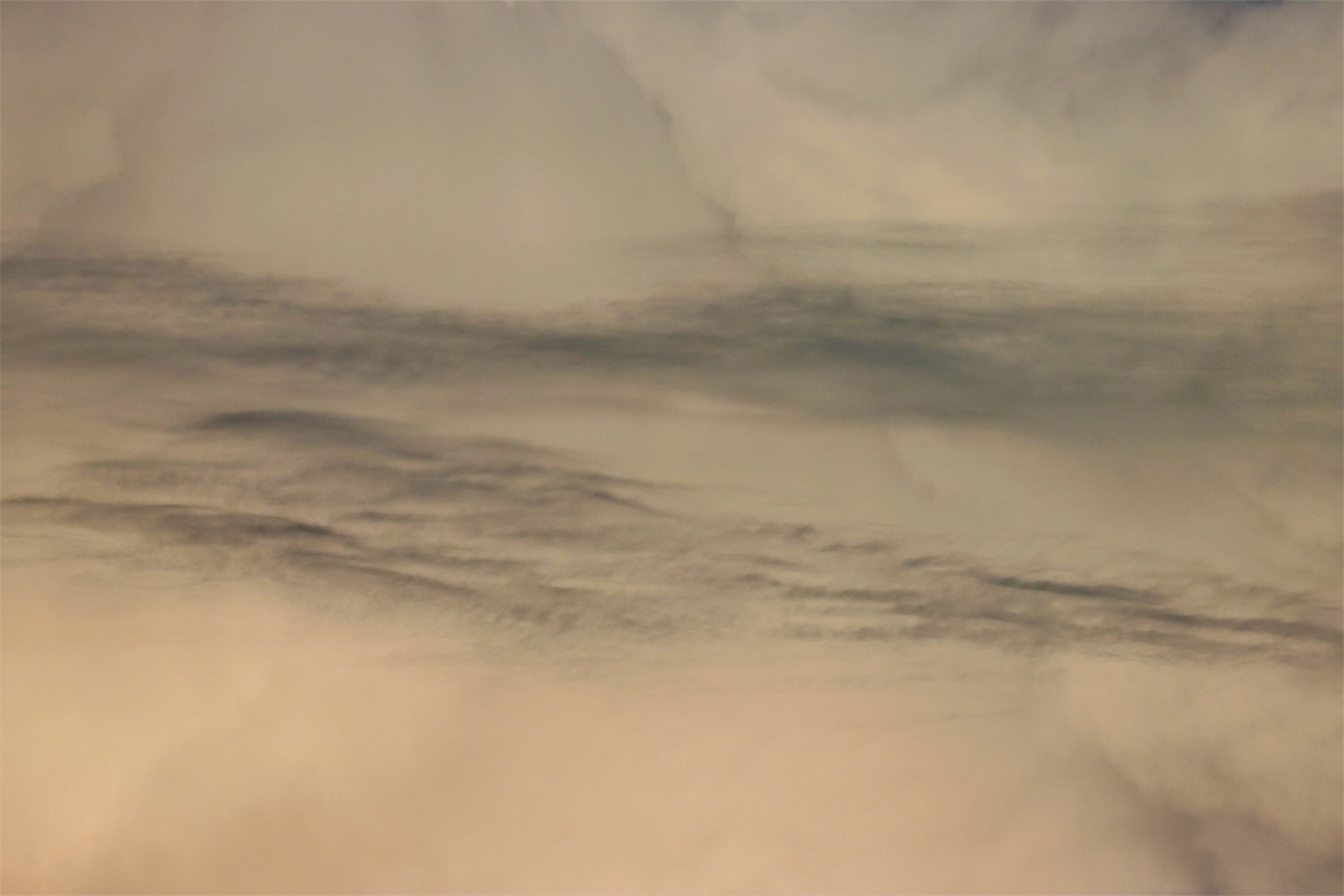
Family Threskiornithidae, the Ibises & Spoonbills

Crested Ibis! Back from extinction! Small unknown population existed in remote Yang County, Shanxi Province, China. Now populations are climbing.
The ibises are a group of long-legged wading birds in the family Threskiornithidae, that inhabit wetlands, forests and plains. "Ibis" derives from the Latin and Ancient Greek word for this group of birds. It also occurs in the scientific name of the cattle egret (Bubulcus ibis) mistakenly identified in 1757 as being the sacred ibis.
Ibises all have long, downcurved bills, and usually feed as a group, probing mud for food items, usually crustaceans. They are monogamous and highly territorial while nesting and feeding. Most nest in trees, often with spoonbills or herons. All extant species are capable of flight, but two extinct genera were flightless, namely the kiwi-like Apteribis in the Hawaiian Islands, and the peculiar Xenicibis in Jamaica.
The African sacred ibis was an object of religious veneration in ancient Egypt, particularly associated with the deity Djehuty or otherwise commonly referred to in Greek as Thoth. He is responsible for writing, mathematics, measurement and time as well as the moon and magic. In artworks of the Late Period of Ancient Egypt, Thoth is popularly depicted as an ibis-headed man in the act of writing. However, Mitogenomic diversity in sacred ibis mummies indicates that ancient Egyptians captured the birds from the wild rather than farming them.
At the town of Hermopolis, ibises were reared specifically for sacrificial purposes and in the Ibis Galleries at Saqqara, archaeologists found the mummies of one and a half million ibises.
According to local legend in the Birecik area, the northern bald ibis was one of the first birds that Noah released from the Ark as a symbol of fertility, and a lingering religious sentiment in Turkey helped the colonies there to survive long after the demise of the species in Europe.
Below are my galleries of about half of the world’s 29 extant species of Ibises I have been fortunate to see in the wild.

African Sacred Ibis (Threskiornis aethiopicus) Africa & Thailand
Australian White Ibis (Threskiornis molucca) Cairns Australia
Malagasy White Ibis (Threskiornis bernieri) West Madagascar
Straw-necked Ibis (Threskiornis spinicollis) Kakadu Australia
Black-headed Ibis (Threskiornis melanocephalus) Thailand
Red-naped or Indian Black Ibis (Pseudibis papillosa) India

Crested Ibis (Nipponia nippon) China
Hadada Ibis (Bostrychia hagedash) East Africa
Wattled Ibis (Bostrychia carunculata) Ethiopia (endemic)
Plumbeous Ibis (Theristicus caerulescens) Northern Pantanal
Buff-necked Ibis (Theristicus caudatus) Northern Pantanal
Puna Ibis (Plegadis ridgwayi) Lauca National Park, Chile
American White Ibis (Eudocimus albus) Western USA
Bare-faced Ibis (Phimosus infuscatus) Pousada Aguape, Mato Grosso do Sul
Green Ibis (Mesembrinibis cayennensis) Nazare Paulista, Sao Paulo State, Brazil

Glossy Ibis (Plegadis falcinellus) Asia, Africa, Thailand
White-faced Ibis (Plegadis chihi) Western USA
Northern Bald Ibis (Geronticus eremita) Italy
Scarlet Ibis (Eudocimus ruber) Thailand

Spoonbills
Spoonbills are a genus, Platalea, of large, long-legged wading birds. The spoonbills have a global distribution, being found on every continent except Antarctica. The genus name Platalea derives from Ancient Greek and means "broad", referring to the distinctive shape of the bill. Six species are recognised, which although usually placed in a single genus have sometimes been split into three genera.
All spoonbills have large, flat, spatulate bills and feed by wading through shallow water, sweeping the partly opened bill from side to side. The moment any small aquatic creature touches the inside of the bill—an insect, crustacean, or tiny fish—it is snapped shut. Spoonbills generally prefer fresh water to salt but are found in both environments. They need to feed many hours each day.
The genus Platalea was introduced in 1758 by the Swedish naturalist Carl Linnaeus in 1758 in the tenth edition of his Systema Naturae. The genus name is Latin for "spoonbill" and is derived from the Ancient Greek platea meaning "broad", referring to the distinctive shape of the bill. The type species was designated as the Eurasian spoonbill (Platalea leucorodia) by George Robert Gray in 1840.
They have traditionally been thought to form one of two subfamilies, Plataleinae, in the family Threskiornithidae, which also includes the ibises (Threskiornithinae). Molecular studies, including a 2013 study, have suggested instead that they form a clade within the family with several cosmopolitan ibis genera, separate from another clade of New World ibises.
A 2010 study of mitochondrial DNA of the spoonbills by Chesser and colleagues found that the roseate and yellow-billed spoonbills were each other's closest relative, and the two were descended from an early offshoot from the ancestors of the other four spoonbill species. They felt the genetic evidence meant it was equally valid to consider all six to be classified within the genus Platalea or alternatively for two of the species to be placed in monotypic genera named as Platibis and Ajaja. However, as the six species were so similar morphologically, keeping them within the one genus made more sense.

African Spoonbill (Platalea alba)
Black-faced Spoonbill (Platalea minor)
Eurasian spoonbill (Platalea leucorodia)
Yellow-billed Spoonbill (Platalea flavipes)
Roseate Spoonbill (Platalea ajaja) Northern Pantanal
Royal Spoonbill (Platalea regia)


























